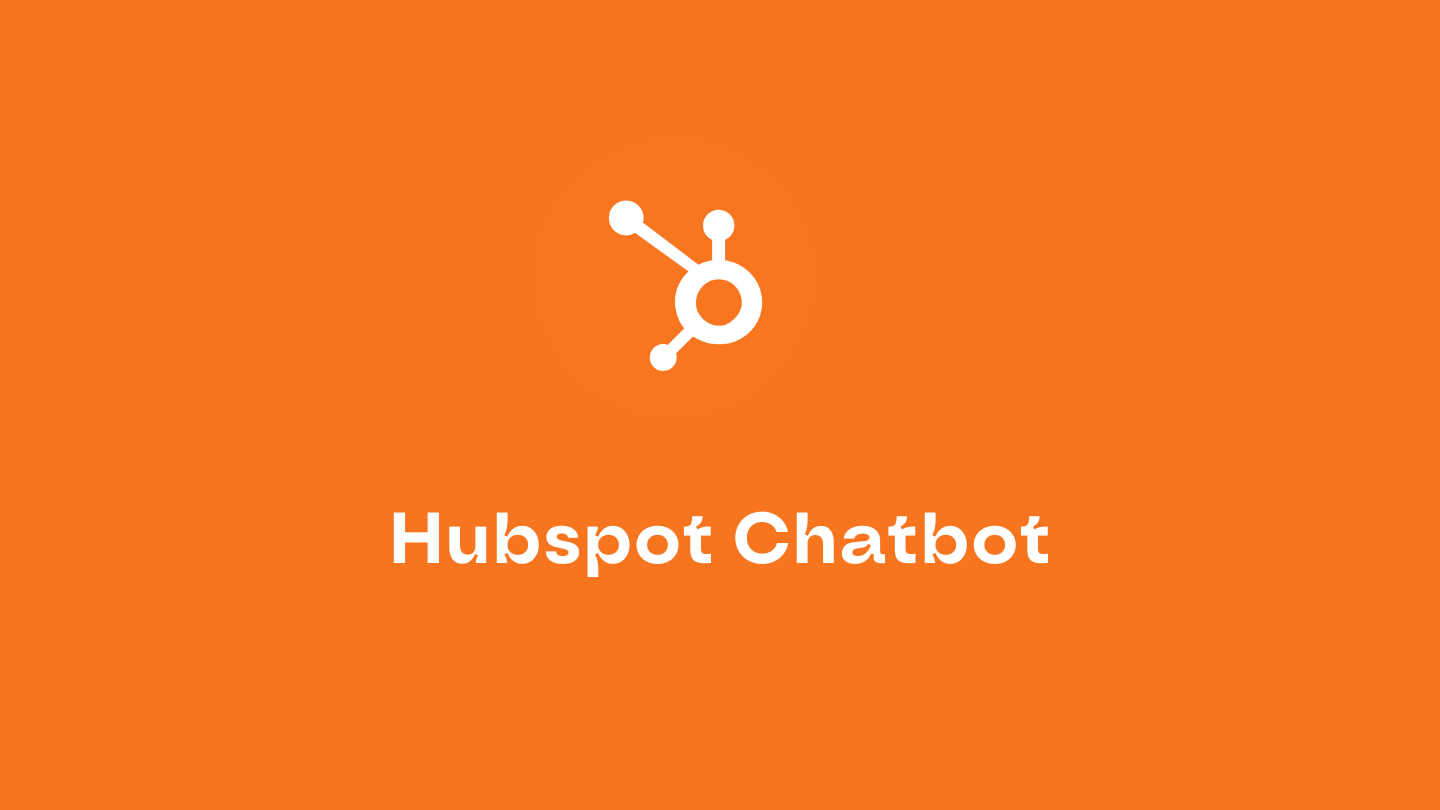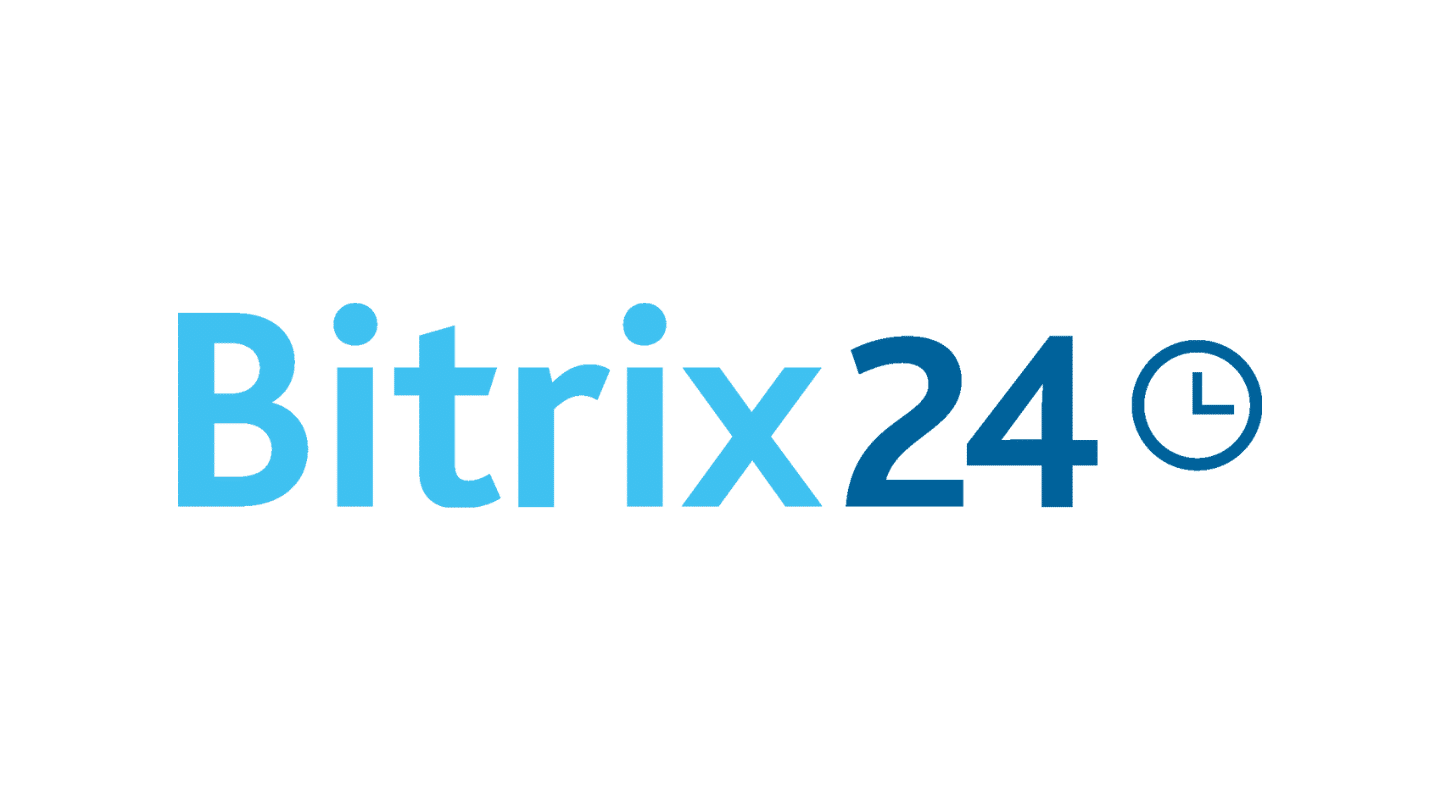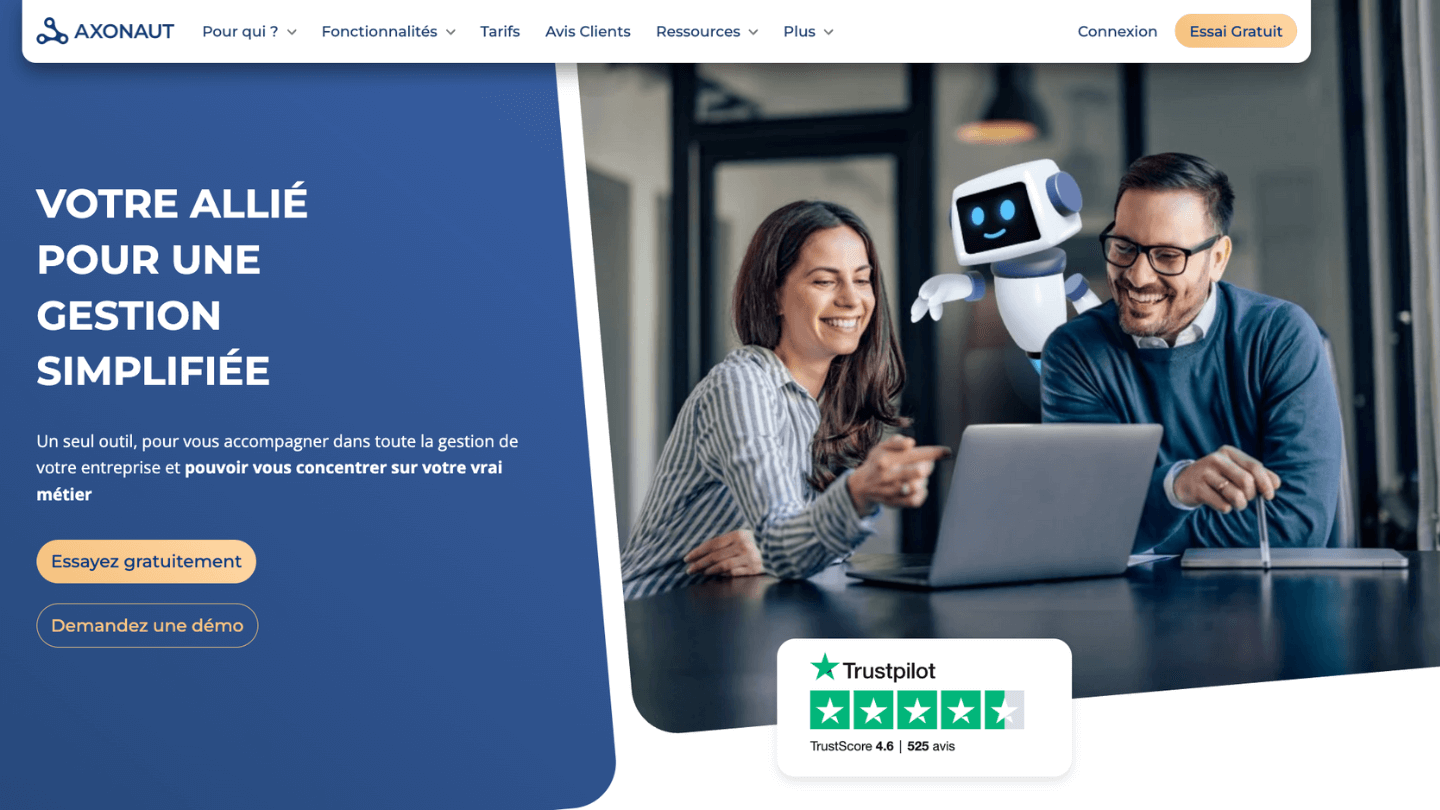When you’re looking for a CRM to help you structure your prospecting and track your customers more effectively, it’s easy to come across “free” solutions. In fact, you may already have come across our Top 15 (truly) Free CRM Software in 2025.
It’s tempting: why pay for a CRM if you can use one for free?
But if you scratch the surface, you’ll soon discover that the free CRMs offered by certain vendors(HubSpot, Zoho CRM, Brevo, Agile CRM…) all have one thing in common: they are limited in every respect, whether in terms of the number of users, functionalities, integrations or support.
Except that we don’t always know just how much of an obstacle it is.. Clearly, if there are 2 of you in the team and you just need to centralize your contacts in a database, with a basic pipeline to track the progress of opportunities, then yes, a free CRM may suffice.
On the other hand, it’s hard to do without a paid CRM if you want to go further – unless you go for an “open source” CRM, free on paper but in reality complex (and ultimately expensive) to implement.
The aim of this guide is to help you decide whether a free CRM will“do the job” for you, or whether you’re better off choosing a paid CRM right away.
Sommaire
Free or paid CRM: our recommendations for your situation
If you don’t have time to read everything, take a look at our recos for your situation (we’ve selected the 4 most emblematic cases, so you should find yourself in one of them).
| Your situation | Our recommendation |
|---|---|
| CASE 1: You’re on your own or in a very small team, with simple needs (centralize contacts, track a single pipeline) and you’re not planning any major changes in the medium term. | The free version of a CRM such as HubSpot, Zoho or Brevo may suffice. |
| CASE 2: Your needs are simple today, but you’re anticipating a rapid ramp-up: more users, more leads, more structured processes. | Start with a freemium CRM…but choose one you’re willing to keep as a paid version (to save yourself a painful migration)! |
| CASE 3: You have a team of more than 3 salespeople, or sales processes that are a little complex (several qualification stages, different types of prospects, long or multi-stakeholder follow-up, automated follow-ups, reporting by deal type, etc.). | A paid CRM is a must (or an open source CRM, provided you’re prepared to get your hands dirty). |
| CASE 4: You have in-house technical skills and are looking for a powerful solution with no licensing costs. | An open-source CRM such as Odoo or Dolibarr could be an option, provided you have a firm grasp of how to implement it, and anticipate the human cost (as we’ll see, an open-source CRM is never free). |
Essayez notre moteur de recommendation pour shortlister les 3 logiciels les plus adaptés à votre besoin
Free CRM vs. paid CRM – Summary table
Before going into detail, here’s a summary of the main differences between a free CRM (freemium or open source*) and a paid CRM. It’ll give you a few pointers, but it won’t tell you much if you’re not familiar with CRMs. So we recommend you read on!
| Criteria | Free CRM | Paid CRM |
|---|---|---|
| Cost | Free to use (freemium) or install (open source), but beware of indirect costs… | Monthly subscription, from €10 – €20 per user per month. |
| Features | Limited freemium functionality (automations, reporting, integrations often absent); very extensive open source functionality, but only if you configure everything yourself. | Access to all key CRM functionalities: multi-pipelines, automations, personalized dashboards, marketing, etc. |
| Number of users | Often limited to 1 or 3 users in freemium; unlimited in open source, but without fine-grained rights management by default. | Multi-user by default, with role management and permissions. Paid CRMs are designed for collaborative working. |
| Number of contacts / deals | Volume or functionality limits once a certain threshold is exceeded (freemium); unlimited in open source. | Often unlimited or very large |
| Customer support | None open source; minimal freemium (forum, knowledge base). | Full multi-channel support: email, chat, sometimes telephone. |
| Customization | Low to medium in freemium; high in open source, but requires technical skills. | Advanced customization accessible without coding (fields, pipelines, views, workflows, reporting, etc.). |
| Integrations & APIs | Often absent or locked in freemium; available in open source but, once again, complex to integrate without dev. | Well-established paid CRMs generally offer large libraries of native connectors and documented APIs. |
| Mobile access | Often absent or very limited | Robust mobile application in most cases. |
| Security & compliance | Depends on the model: open source = host responsibility; freemium = variable guarantees. | RGPD compliance, secure hosting, backup options and access management. |
| For whom? |
|
All other companies 🙂 |
*This table only takes into account free CRMs “in the strict sense”, i.e. open source software and freemium versions offered by SaaS publishers. We have deliberately excluded tools that have been diverted from their original use (Notion, Trello, Airtable, GSheets…), which can in some cases be used as simplified CRMs.
When a free CRM may suffice
Let’s start by setting the record straight: “free CRM” doesn’t refer to just one type of tool, and this is often the source of much confusion among people unfamiliar with this type of solution. There are in fact 3 categories of free CRM software 👇
What we call a “free CRM”.
There are 3 types of free CRM (and they’re very different from each other):
- Freemium CRM, aka the “free plans” offered by some paid CRM publishers, such as HubSpot or Zoho. These are loss-leader products. The free versions are often very limited in every respect, the publisher’s aim being to get you to switch to a paid subscription as quickly as possible. The free versions can do the job in certain (rather limited, it has to be said…) cases.
- Open source CRMs, such as Odoo or Dolibaar, are free to download, but you have to host, configure and maintain them yourself. They’re generally very powerful in terms of functionality, but difficult or very difficult to tame if you don’t have the technical or dev skills to hand. So, to be honest, deploying open source CRM software is anything but free: it will cost you either man-time, or money (if you use a CRM integrator).
- Solutions that are not CRMs, but which can be used for this function in a way that detracts from their classic use. We’re thinking here of Notion, which offers CRM templates, or Airtable, Trello, etc. In general, the free version of these tools is sufficient to run a CRM (contact database + sales pipeline).
In the rest of this article, we’ll concentrate on the first two categories: “freemium CRM” and “open source CRM”.
In some cases, opting for a free CRM may be perfectly sufficient, provided you have a clear idea of what you want from the tool and, above all, are aware of its limitations.

Opting for a free CRM can make sense if and only if :
- You’re in the start-up phase. You’ve just launched your business or you’re in the process of structuring your commercial activity. Your goal is to remember everything and centralize your information somewhere. No need to automate or analyze anything just yet.
- You work alone or in a very small team. When you work with just two or three people, with no sales hierarchy or reporting to produce, a simple dashboard with a few reminders is often enough to keep the store running.
- Your needs are simple, limited to centralizing contacts. Your need is to centralize your contacts and keep an eye on current opportunities, with basic sales follow-up. You don’t need to integrate CRM with your invoicing tool, launch email sequences or automate anything.
- You’re in the process of assessing your needs. It’s clearly worth testing the free version of a HubSpot, Brevo or Zoho CRM to see what a “real CRM” looks like, how it works and to help you identify your needs (before making your choice).
- You have the internal resources to configure an open source CRM. If you have a technical team or a profile capable of handling the hosting, configuration and maintenance of an open source CRM, you can consider this type of solution for close to zero cost (excluding man-hours). But beware, open source CRMs are often pretty poor in terms of user experience: you can’t be sure your sales reps will buy in (a point we all too often forget).
What if you could afford the best CRM on the market?
Whatever your company’s needs and context, it’s impossible to carry out a serious comparative study without including Salesforce in your benchmark.
Salesforce now has a dedicated offer for SMEs and VSEs, the Salesforce Starter plan.
To obtain a free personalized demo of the software in its Starter version, click on the button below.
The real benefits of switching to a paid CRM solution
Many companies start with a free version, typically the free plan offered by HubSpot or the free version of Brevo. And in many cases, this is a very good way of laying the foundations: you manage to centralize your contacts, track current opportunities and keep a minimal history of exchanges. You install the tool, test it and get your bearings. At first, everything fits into a single pipeline, and we’re happy.
But problems soon arise:
- You’d like to send an automatic reminder to all prospects who haven’t replied in 7 days. But you can’t.
- You have two types of prospects with very different sales cycles, and you want to track them in separate pipelines. This is not possible with the free version.
- As more people start to use the tool, it becomes difficult to know who’s following what, and there’s no system for collaboration.
- And above all, you don’t really know where you stand. How many opportunities have opened up this month? Where do they come from? What’s the actual conversion rate between contact and signature? The dashboards on offer are very limited, if not non-existent.
This is often the moment when we take the step towards a paid CRM plan. And this step always becomes necessary at some point. In other words, when centralizing contact information and using a single-pipeline is no longer enough.
Salesdorado’s advice
There always comes a time when the free version of a CRM reaches its limits, and in many cases this happens quite quickly, sometimes within the first few weeks of serious use.
If, “by chance”, the free version can do the job at first (and you decide to start by using the free version), be careful to choose a tool that you’ll be prepared to keep (and pay for) when you want to go further. Otherwise, the real cost will come later… when it’s time to change CRM.
Switching from a free HubSpot to a paid-for Pipedrive, for example, isn’t just a matter of cutting and pasting. You have to start from scratch in terms of configuration, data and history, and you also have to get the whole team on board with a new tool. So it’s best to plan ahead…
If you still opt for a free CRM: 2 warnings
A free CRM can be a good starting point, but only if you make an informed choice. A common mistake is to think that you can always change later, or that you’ll see “when the time is right”. Except that “when the time comes” often comes faster than you think, and if the tool has not been chosen with a minimum of anticipation, it can turn into a real sticking point.
Here are 2 points to bear in mind if you decide to go for a free CRM.
#1 CRM Free ≠ 0 euro
A free CRM, on paper and “by definition”, is 0€. But in reality, this is never entirely true.
With freemium CRM, the mechanics are well-honed. You access a free version, functional enough to start with, but deliberately limited: a single pipeline, three users max, few integrations, no automation, no reporting. This is a deliberate choice on the part of the publishers, of course. The aim is to push you naturally towards a paid plan as soon as you want to structure things a little.
And when the time comes to switch over, the bill can quickly mount up. We’re thinking here of a CRM like HubSpot, which offers a fairly generous free version, it has to be said, but also HubSpot’s paid plans, which are among the most expensive on the market (although the arrival of the Starter plan could temper this judgment).
As we’ve seen, open source CRMs are free to download, but in practice they require time, technical skills and maintenance. You need to manage hosting, security, technical configuration and updates. Unless you have a dedicated technical team, you’re likely to spend a lot more energy on them than you should.
So be careful not to succumb to the siren song of freebies. In life, nothing is free. In both cases (free versions of proprietary CRMs and open source CRMs), deploying a CRM costs money at some point.
#2 Migrating to another CRM tool can be (very) expensive
What we rarely anticipate is the exit cost. Because when the free CRM reaches its limits, we tell ourselves we’ll simply choose another, more complete one. Easy on paper, isn’t it?
Well, not really. Or rather: not at all!
Changing CRM means migrating data (and not all of them migrate well), rebuilding processes, reconfiguring views, redoing team onboarding, resetting automations… It’s a real project that you can never anticipate enough.
Especially as the transition must be managed without any operational disruption. You don’t want to lose a week’s prospecting because the new CRM isn’t ready yet, or because you’ve lost the follow-up notes on the 20 leads in progress.
In short, it’s best to avoid going through the“CRM migration” process. That’s why you need to choose the right CRM from the outset, whether it’s free or paid.
Going further
Conclusion: the best advice for making the right choice
This advice is simple: start by defining your use cases – now and in 6 to 12 months’ time.
The big mistake when choosing a CRM is rushing into a tool comparison without taking the time to clearly formulate your needs. Yet this is the only way to effectively choose your CRM and find the answer to the question posed in this article: free CRM or paid CRM.
So, before even thinking about the tool, you need to take a blank sheet of paper and lay down in black and white what you concretely expect from CRM. You need to express your needs and use cases clearly and precisely. This will help you identify the CRM functionalities you need in a precise way, and build a mini CRM specification.
To help you, ask yourself the right questions:
- Who will be using CRM on a daily basis?
- What information do you want to centralize (contacts, opportunities, contracts, exchanges)?
- Do you need to track prospects, customers, or both?
- Would you like to automate certain repetitive tasks (reminders, notifications, reminders)?
- How standardized or highly specific are your sales processes?
- Does your team often work together on the same projects?
- Do you need to connect CRM to other tools (billing, marketing, support)?
- Is your lead volume stable or set to grow strongly in the coming months?
Because, yes, you have to go beyond immediate use. A CRM is not a tool to be changed every three months; it’s a building block designed to be installed over time.
Essayez notre moteur de recommendation pour shortlister les 3 logiciels les plus adaptés à votre besoin
If your business is set to evolve (more leads, more people in the team, more complex sales processes) these future needs must also be anticipated today.
Many companies find themselves trapped, not because they chose the wrong CRM, but because they chose the CRM that was doing the job at time t and is no longer suitable at time t+1, because their sales activity has become more structured, because new needs (not covered by the CRM chosen at the outset) have emerged.
So, in conclusion, don’t start by comparing tools, don’t start by asking yourself whether you need a free CRM or a paid CRM, start by defining your needs and use cases – and the answer to your questions will become obvious.
Going further
Essayez notre moteur de recommendation pour shortlister les 3 logiciels les plus adaptés à votre besoin






